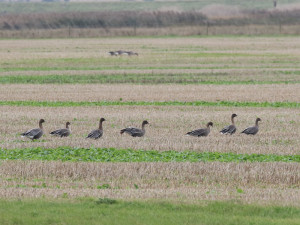
Another window in the blustery and wet weather conditions yesterday gave me the opportunity to enjoy the outdoors. Where to go? There were some interesting birds reported from the far east of Kent and rarities in other parts of the country but there is one place that keeps drawing me towards it; the Isle of Sheppey. It isn’t exactly the most beautiful part of the country nor is it the most reliable part of Kent for rare autumn migrants but there is something about the open spaces and loneliness of the place that I like and the report of a group of 6 Pink-footed Geese was enough to make my mind up.
About an hour after leaving I got out of the warmth of my car to a rather shocking cold wind ripping across the marshes at Capel Fleet on the Isle of Sheppey. A scan through my ‘scope revealed a lot of Greylag Geese in the far distance and along with them some slightly smaller, dumpier geese that looked like Pink-footed Geese, but surely that was seven birds not six? A closer look was required.
Heading off into the wind I soon warmed up with the exercise and headed along a track in the direction of the distant geese. A group of four Northern Wheatears were feeding around some cattle with Skylarks and Meadow Pipits for company.
The track took me alongside the water of Capel Fleet which was full of large numbers of Common Teal and Mallard which were happily swimming around until a couple of Marsh Harriers came along and scared the whole lot into flight, causing quite a spectacular flight of birds.
The walk across the marsh had really warmed me up by this time but the wind made the ‘scope shake so much that I waited until I was fairly close before taking a proper look at the geese and was immediately able to confirm that the reported six Pink-footed Geese and increased to seven.
I am not usually in the right parts of UK at the time of year when Pink-footed Geese are present in big numbers so this was quite a nice sighting for me and a nice reward for the walk. After watching them go about their business I left them undisturbed for other birders to enjoy and after getting back to the car I drove a short distance along the road to some bushes where Corn Buntings can usually be seen. They were hiding from the wind mostly but I saw at least 20 nestled among the brambles.
With the intention of making a bit of a tour of the island I drove off to the sea front at nearby Leysdown. This can be a good place to study gulls, indeed a few weeks ago I found a juvenile Sabine’s Gull there (take a look at the video footage – Sabine’s Gull) but on this occasion there was nothing more than Black-headed Gulls, Herring Gulls, a few Common Gulls and a Greater Black-backed Gull. Nevertheless, some of them made nice subjects for photography.
My favourite spot on Sheppey is Shellness. This lonely shingle spit and area of salt marsh always hosts plenty of birds and seldom has many visitors. Here one gets the atmosphere that most people think about when imagining salt marsh in UK; windswept, lonely and big skies. The large high tide roost of Oystercatchers adds to the atmosphere with a nice soundtrack.
Rather fewer birds were present than on some of my recent visits with a few Grey Plovers, Redshank, Dunlin, Common Ringed Plovers and Ruddy Turnstones accompanying the Oystercatchers and a solitary Sandwich Tern a rather late departure from our shores. I couldn’t resist taking some more photos of Turnstones and if you share my enthusiasm for these birds then my video highlighting the various feeding behaviours they use might interest you.
Ruddy Turnstones are always a photogenic bird and easy enough to get close to for a good shot. It also helps when the light is good as it was on this visit.
The Oystercatchers create quite a spectacle when they head to their roost site and anyone who enjoys watching large numbers of birds would appreciate a visit here but on this occasion they were eclipsed by the performance that was put on by a flock of Eurasian Curlews. Standing at the end of the shingle spit I watched the tide push the curlews further and further towards the salt marsh until they all began taking off and flying past me to their high tide roost sote right in the middle of the salt marsh. It was a fantastic flypast, particularly interesting to see them battling to keep a straight path as the wind battered them around.
With time running out I made one final scan of the area, taking in 12 roosting Little Egrets, a male Marsh Harrier hunting over the marsh and then I heard the grunting call of Brent Geese coming from somewhere. A quick look around provided me with a view of a small flock of these charismatic geese flying in from the North Sea. I really like these noisy birds and their call really goes a long way to creating the atmosphere of the marshes. Check out this video to see what I mean – Brent Geese Autumn Flocks.
So, no rare autumn migrants but if I had looked harder in likely areas I may have found something feeding in the bushes. However, I was just happy to enjoy the overall atmosphere of the place, the large numbers of birds and take some photos of them. I expect I will be back to Sheppey in the near future as some of the winter visitors start to arrive.


 October 9th, 2020
October 9th, 2020  Nick
Nick 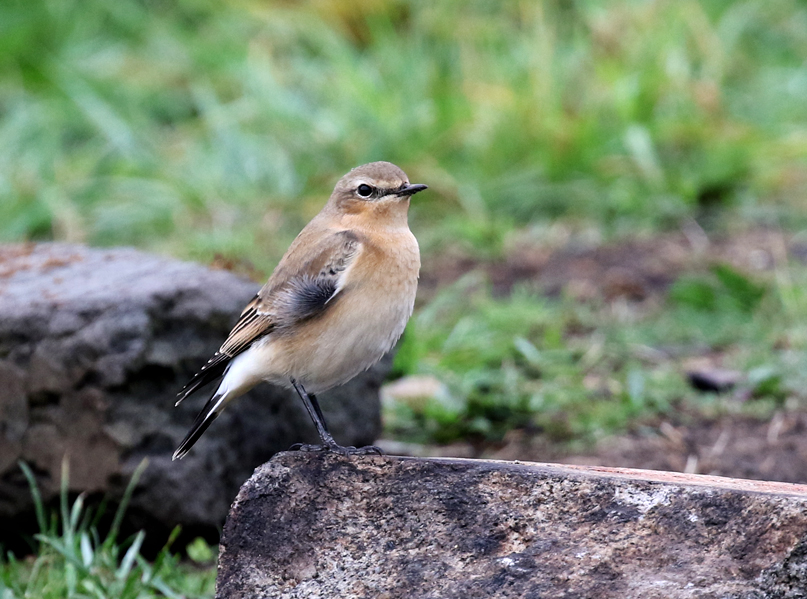
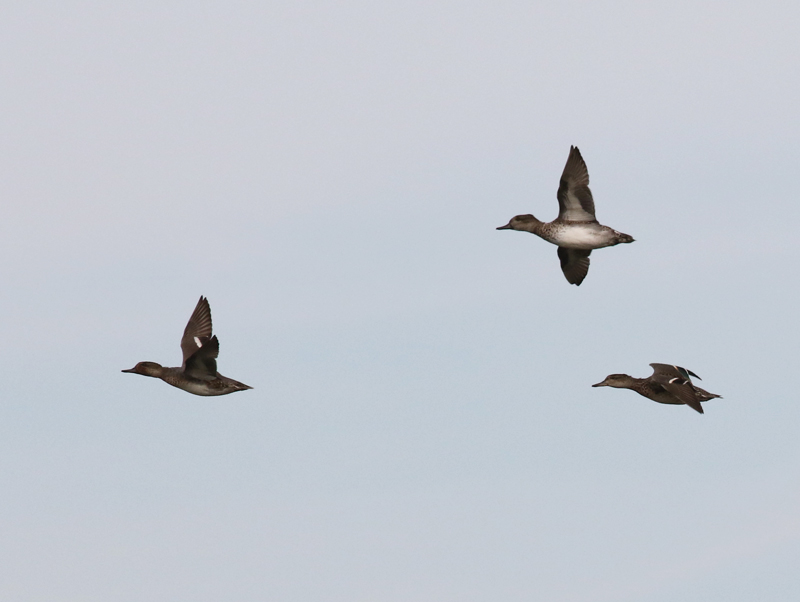

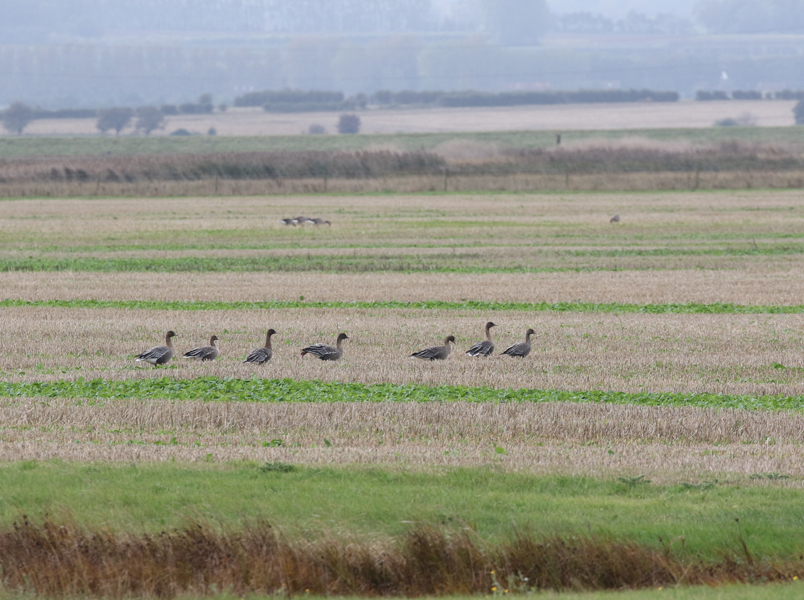
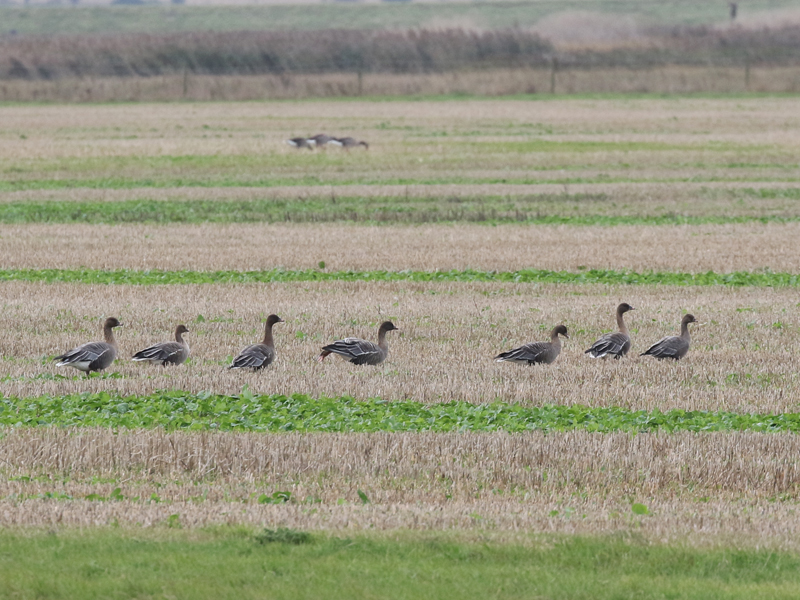

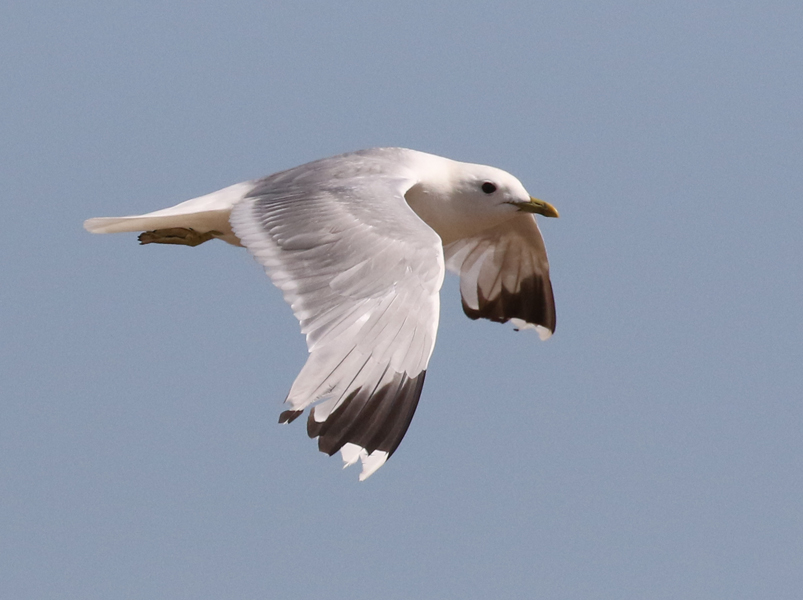
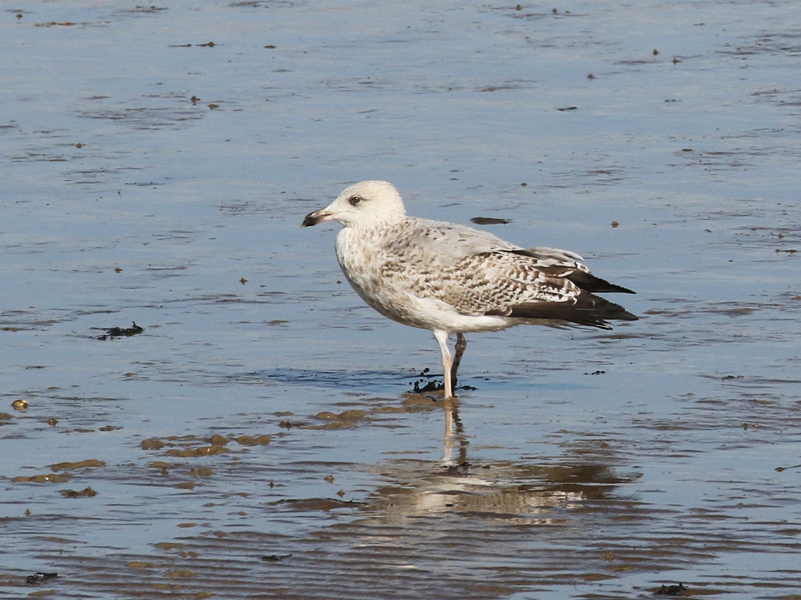
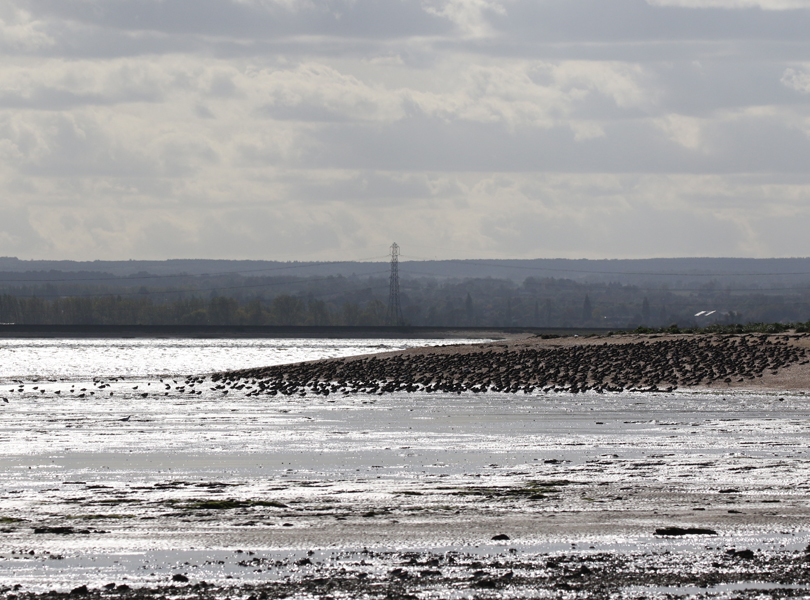
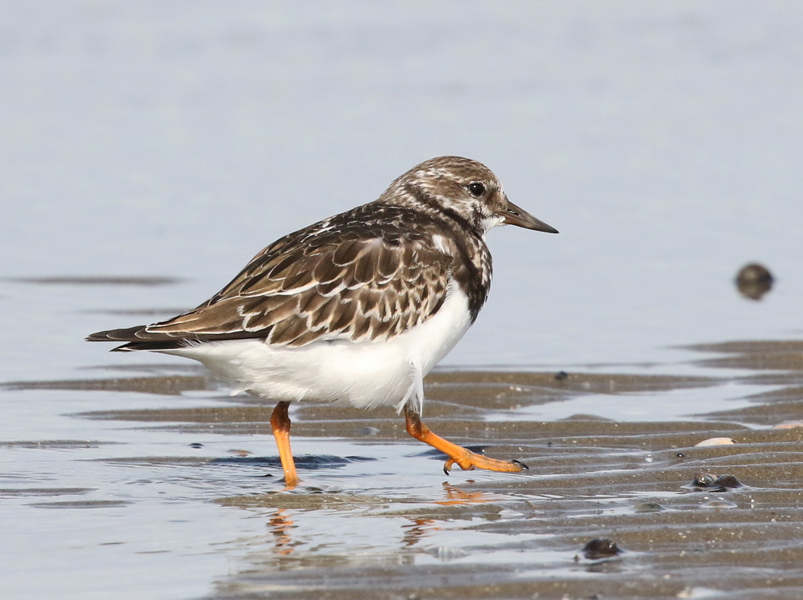

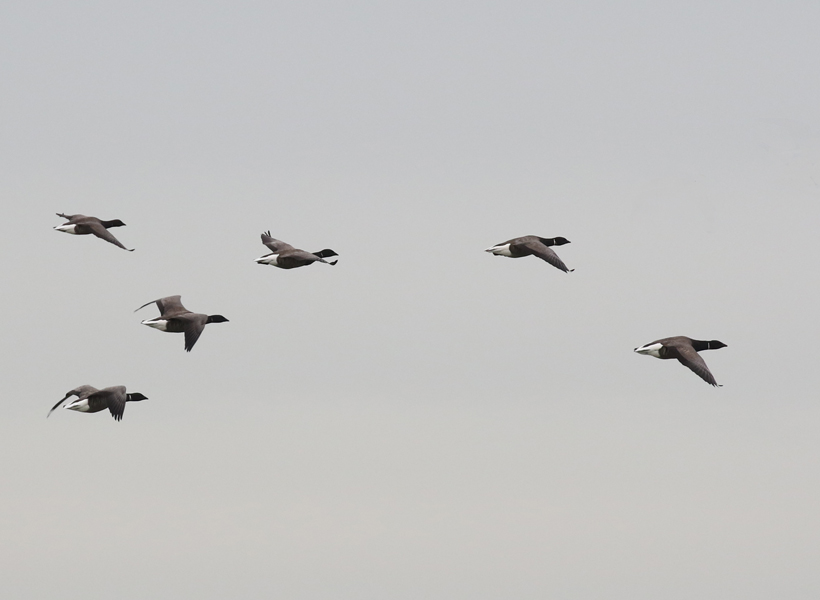
 Posted in
Posted in  Tags:
Tags: 










